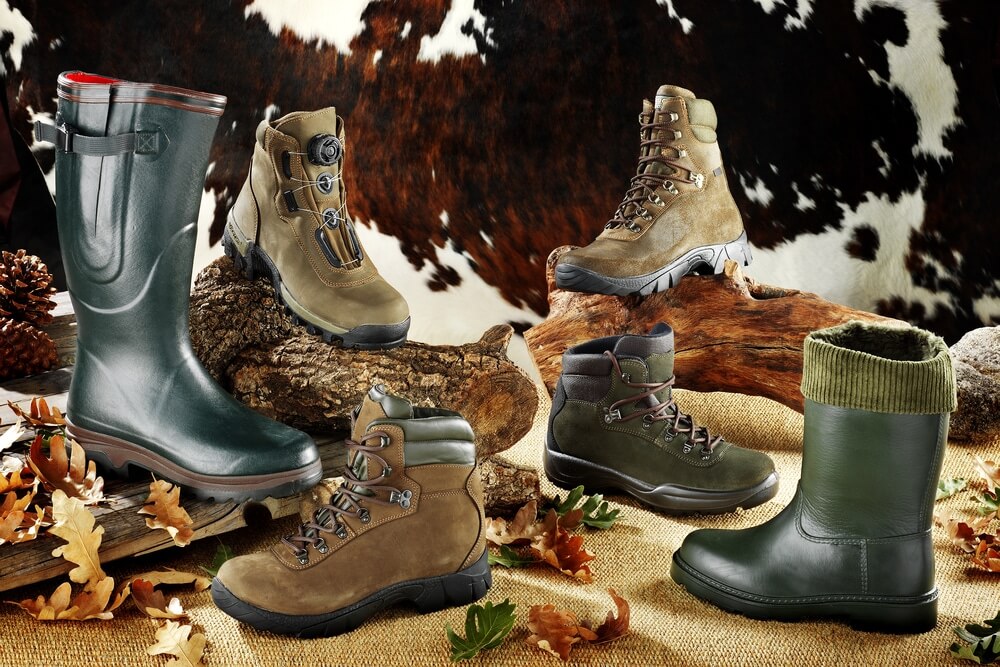
The right boots can have a big impact on your hunting trip. The wrong choice can leave you cold, wet or with blisters that can keep you from enjoying the hunt. Be sure not to overlook boots when shopping for gear for your hunting trip.
What are You Using Them for?
One factor that will determine the boot you need is whether your hunt will be a sedentary hunt or an active one. If your hunt is going to be active, features like specialty footbeds or Vibram soles may be worth considering. Additionally, the more walking you’re going to do, the more abuse your boots will have to endure, so durable materials should factor in as well.
While a bow hunter may need a more flexible boot that maximizes ground contact for a quiet stalk, a gun hunter in mountainous terrain and might need a flexible forefront. Another factor in some locations may be the need for a snake boot.
What Material Should You Choose?
Leather and nylon are the most common materials for hunting boots. Premium leathers and abrasion-resistant Cordura nylon are usually the best choices for long term durability. The time of year and location will dictate your choices as far as insulation and waterproofing.
If your hunt is in early season, you might consider an uninsulated boot or perhaps up to 200 gram insulation. If the area or weather will be wet, then waterproofing technology like Gore-tex or Dry-Plus is a good idea; don’t forget to consider all types of moisture, including rain, snow and early-morning dew. If your hunt is in an arid environment, a boot with a breathable material that helps wick away moisture will keep you more comfortable.
Midseason hunts will find the temperature going down, so boots in the 400-gram to 800-gram insulation range are a better choice. A midseason boot can also be a good choice for sedentary early-season hunts in northern regions or at high altitudes. They can keep you warm in the early, colder temperatures, but not be too hot later in the day.
When it comes to late season hunts, 800- to 1,200-gram insulation is a good range for spot-and-stalk hunts, while 1,000-gram levels and higher are best for snow and sedentary hunts. If you’re going to spend your day in a stand or blind, more insulation will suit you better.
Getting the Right Fit
Always try on your boots while wearing the actual socks you plan to wear during the hunt. Thickness and sock material is only one issue to be gauged. Location of seams is an often overlooked factor that many people don’t realize the importance of until they’re in the field and uncomfortable. That’s why just guessing with a similar sock isn’t advisable.
Look for a snug fit all the way around and no slippage around the ankles. Allow for a little room for your feet to expand if you plan on an active hunt.
Once you’ve got the right boots and other necessary gear, contact R & K Hunting Company to book a guided hunting trip today.


